
Henry IV, also known by the epithets Good King Henry or Henry the Great, was King of Navarre from 1572 and King of France from 1589 to 1610. He was the first monarch of France from the House of Bourbon, a cadet branch of the Capetian dynasty. He pragmatically balanced the interests of the Catholic and Protestant parties in France as well as among the European states. He was assassinated in 1610 by a Catholic zealot, and was succeeded by his son Louis XIII.
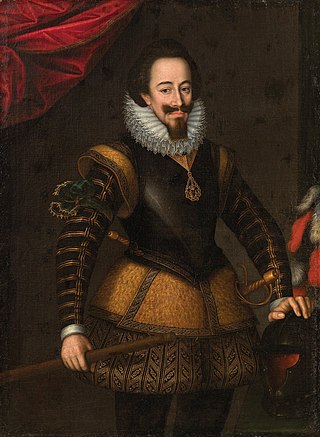
Charles Emmanuel I, known as the Great, was the Duke of Savoy and ruler of the Savoyard states from 30 August 1580 until his death almost 50 years later in 1630, he was the longest reigning Savoyard monarch at the time, only for his record to be surpassed by his great-grandson, Victor Amadeus II. He was nicknamed Testa d'feu for his rashness and military aggression.

Victor Amadeus I was the Duke of Savoy and ruler of the Savoyard states from 26 July 1630 until his death in 1637. He was also known as the Lion of Susa.

Francis Hyacinth was Duke of Savoy and ruler of the Savoyard states from 7 October 1637 to his premature death the following year, under the regency of his mother Christine Marie.

Charles Emmanuel II ; 20 June 1634 – 12 June 1675) was Duke of Savoy and ruler of the Savoyard states from 4 October 1638 until his death in 1675 and under regency of his mother Christine of France until 1648. He was also Marquis of Saluzzo, Count of Aosta, Geneva, Moriana and Nice, as well as claimant king of Cyprus, Jerusalem and Armenia. At his death in 1675, his second wife Marie Jeanne Baptiste of Savoy-Nemours acted as regent for their nine-year-old son.
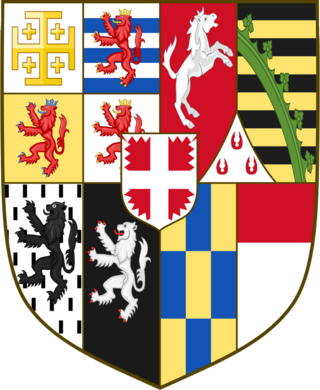
The House of Savoy-Carignano originated as a cadet branch of the House of Savoy. It was founded by Thomas Francis, Prince of Carignano (1596–1656), an Italian military commander who was the fifth son of Charles Emmanuel I, Duke of Savoy. His descendants were accepted as princes étrangers at the court of France, where some held prominent positions. Upon the extinction of the main Savoy line they eventually came to reign as kings of Sardinia from 1831 to 1861, and as kings of Italy from 1861 until the dynasty's deposition in 1946. The Savoy-Carignano family also, briefly, supplied a king each to Spain and Croatia, as well as queens consort to Bulgaria and Portugal.

The House of Savoy is an Italian royal house that was established in 1003 in the historical Savoy region. Through gradual expansion, the family grew in power from ruling a small Alpine county north-west of Italy to absolute rule of the Kingdom of Sicily from 1713 to 1720, when they were handed the island of Sardinia, over which they would exercise direct rule from then onward.
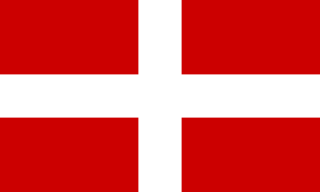
The Duchy of Savoy was a territorial entity of the Savoyard state that existed from 1416 until 1847 and was a possession of the House of Savoy.

Emmanuel Philibert, known as Testa di ferro, was Duke of Savoy and ruler of the Savoyard states from 17 August 1553 until his death in 1580. He is remembered for the recovery of the Savoyard state following the Battle of St. Quentin (1557), and for moving its capital to Turin.

Saluzzo is a town and former principality in the province of Cuneo, in the Piedmont region, Italy.

François de Bonne, duc de Lesdiguières was a French soldier of the French Wars of Religion and Constable of France, and one of only six Marshals to have been promoted Marshal General of France.
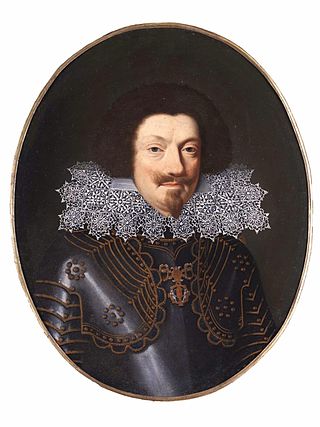
The War of the Mantuan Succession (1628–1631) was a conflict related to the Thirty Years' War and was caused by the death in December 1627 of Vincenzo II, the last male heir in the direct line of the House of Gonzaga and the ruler of the duchies of Mantua and Montferrat. Those territories were key to control of the Spanish Road, an overland route that allowed Habsburg Spain to move recruits and supplies from Italy to their army in Flanders. The result was a proxy war between France, which supported the French-born Duke of Nevers, and Spain, which backed a distant cousin, the Duke of Guastalla.

Manfred I was the founder and first ruler of the marquisate of Saluzzo from 1142 until his death.

The Battle of Staffarda took place on 18 August 1690 during the Nine Years' War in Piedmont, Northern Italy. The engagement was the first major battle of the Nine Years' War in Italy since Victor Amadeus II of Savoy joined the Grand Alliance against Louis XIV of France earlier that year.
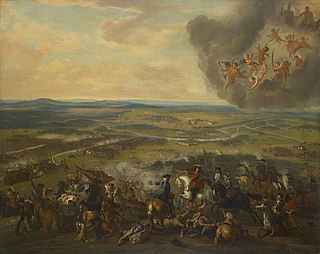
The Battle of Cassano took place on 16 August 1705, during the War of the Spanish Succession, near Cassano d'Adda, in Lombardy, Italy. It was fought between a French army of 22,000 commanded by the duc de Vendôme and an Imperial force of 24,000 under Prince Eugene of Savoy.

The Treaty of Lyon was signed on 17 January 1601 between France and Savoy, to bring an end to the Franco-Savoyard War of 1600–1601. Based on the terms of the treaty, Henry IV of France relinquished Saluzzo to Savoy, while Savoy kept Pont de Gresin, Valserine, and was required to pay France 150,000 livres. In return, Henry acquired Bugey, Valromey, Gex, and Bresse.
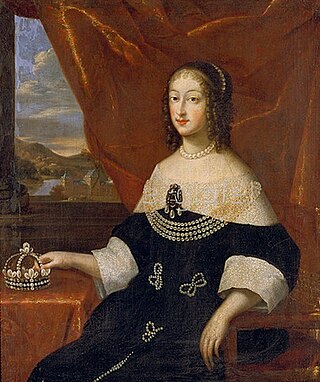
The Piedmontese Civil War, also known as the Savoyard Civil War, was a conflict for control of the Savoyard state from 1639 to 1642. Although not formally part of the 1635 to 1659 Franco-Spanish War, Savoy's strategic importance drew in both Habsburg Spain, which controlled the nearby Duchy of Milan, and France.

Charles I de Créquy, Prince de Poix and Duc de Lesdiguières (1578–1638), was a leading French soldier of the first half of the 17th century.



















